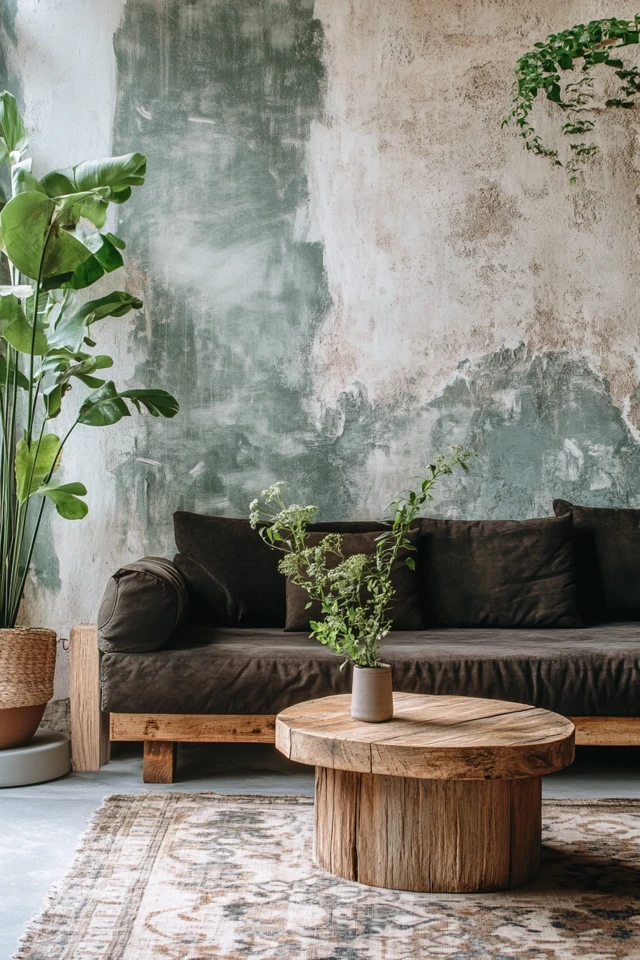Scandinavian design is synonymous with simplicity, functionality, and a cozy, inviting atmosphere. This design style, rooted in the Nordic tradition of balancing beauty and practicality, emphasizes clean lines, natural materials, and a minimalist aesthetic. It’s no wonder Scandinavian-inspired homes have become a global favorite for those seeking both style and comfort.
When I first embraced Scandinavian design in my own home, it was like breathing new life into my space. Replacing clutter with well-chosen, functional pieces made my rooms feel more open, yet incredibly warm. The use of natural textures and soft lighting transformed my home into a peaceful retreat that was as beautiful as it was practical.
In this guide, I’ll walk you through the essentials of Scandinavian design and show you how to create a perfect Nordic-inspired home.
Why Scandinavian Design?
Core Principles of Scandinavian Design
- Functionality: Every piece serves a purpose.
- Minimalism: Clean, uncluttered spaces allow beauty to shine.
- Natural Elements: Materials like wood, wool, and stone add warmth and authenticity.
- Light and Airy Spaces: Neutral palettes and smart lighting create an open, bright environment.
- Cozy Vibes: Embracing the concept of hygge (comfort and coziness) is central.
1. Start with a Neutral Color Palette
Scandinavian homes are known for their light, neutral tones, which enhance natural light and create a calming atmosphere.
Colors to Use
- Whites and creams for walls and larger furniture pieces.
- Soft grays, beiges, and muted earth tones for accents.
- Black for contrast and depth in small doses.
Styling Tip:
Paint walls white or light gray to create the perfect canvas, then layer in textures to add warmth and interest.
2. Incorporate Natural Materials
Natural materials are the heart of Scandinavian design, bringing warmth and authenticity to your home.
What to Include
- Wood: Light woods like oak, pine, and birch for floors, furniture, and decor.
- Textiles: Linen, wool, and cotton for cushions, throws, and curtains.
- Stone: Marble or granite for countertops, decor, or tabletops.
- Leather: Soft, neutral-toned leather for furniture or accents.
Example:
A wooden dining table paired with linen-upholstered chairs and a jute rug perfectly captures Scandinavian simplicity.
3. Choose Functional Furniture
Scandinavian furniture is designed to be both stylish and practical.
Furniture Tips
- Opt for clean, modern silhouettes with no excessive ornamentation.
- Choose multi-functional pieces like storage ottomans or sofa beds.
- Keep furniture low-profile to maintain an open, airy feel.
Example:
A sleek white sofa with wooden legs and built-in storage fits seamlessly into a Scandinavian living room.
Picture Gallery
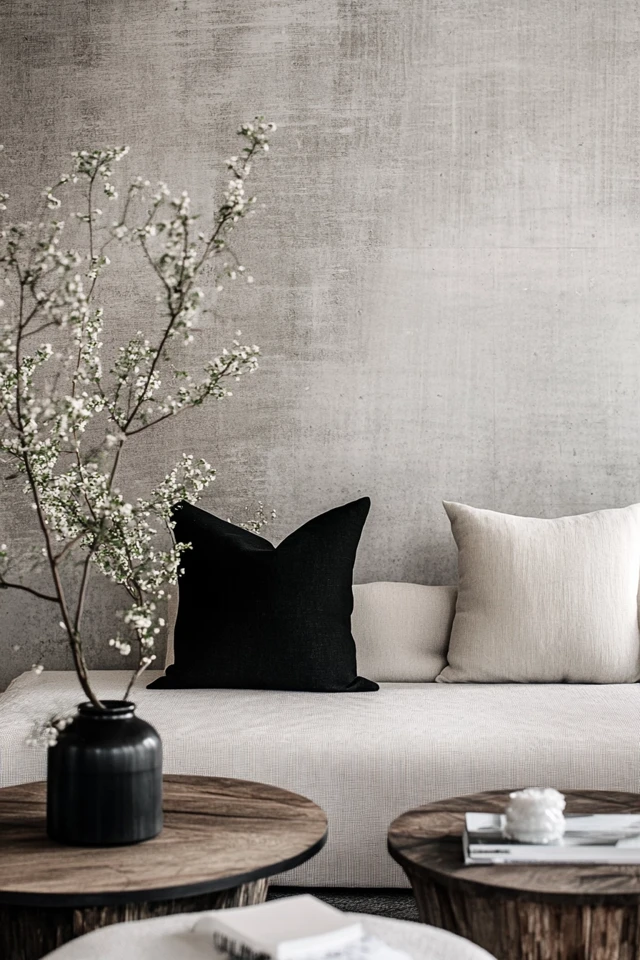
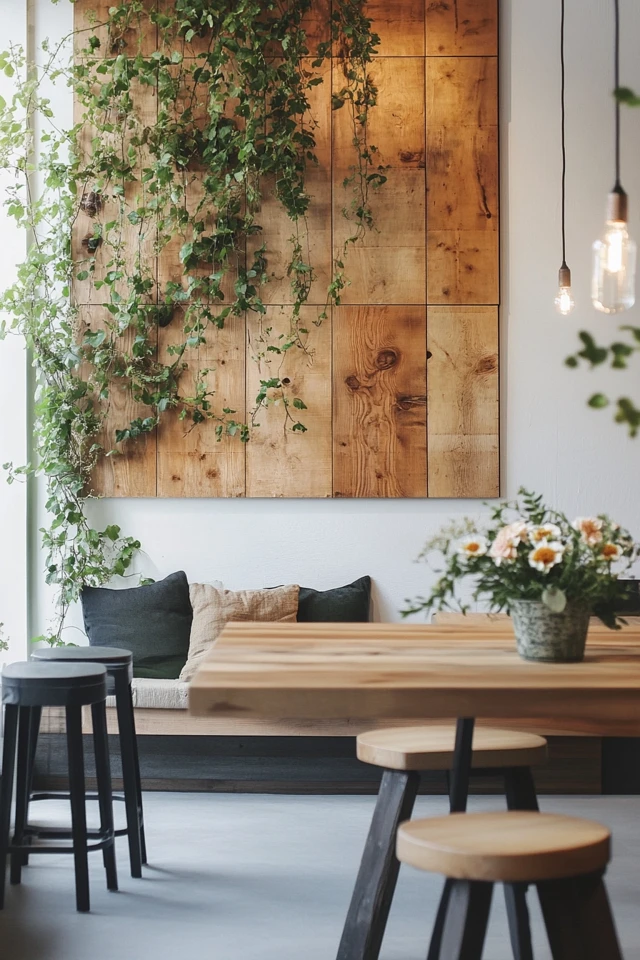
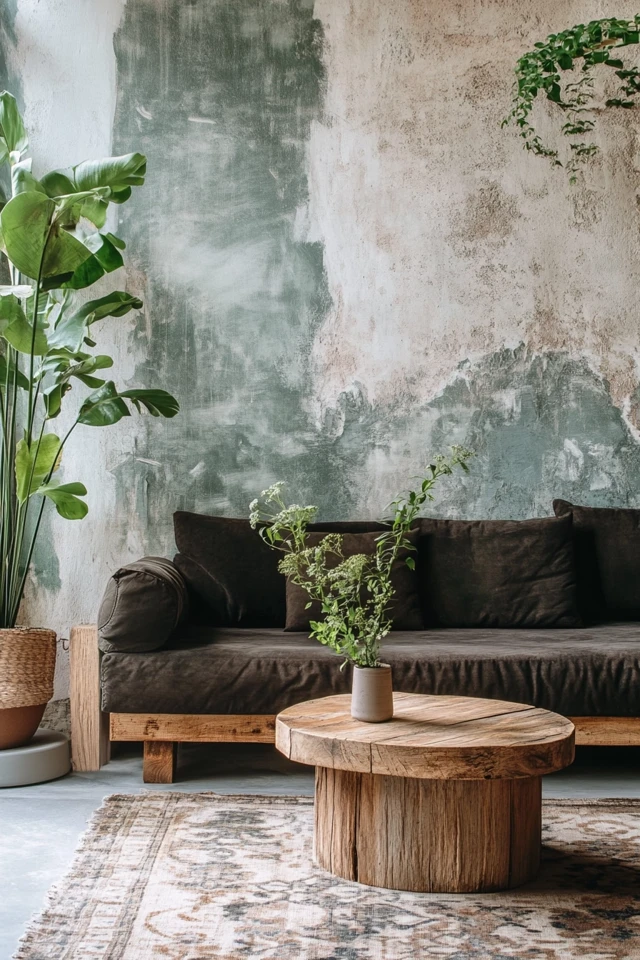
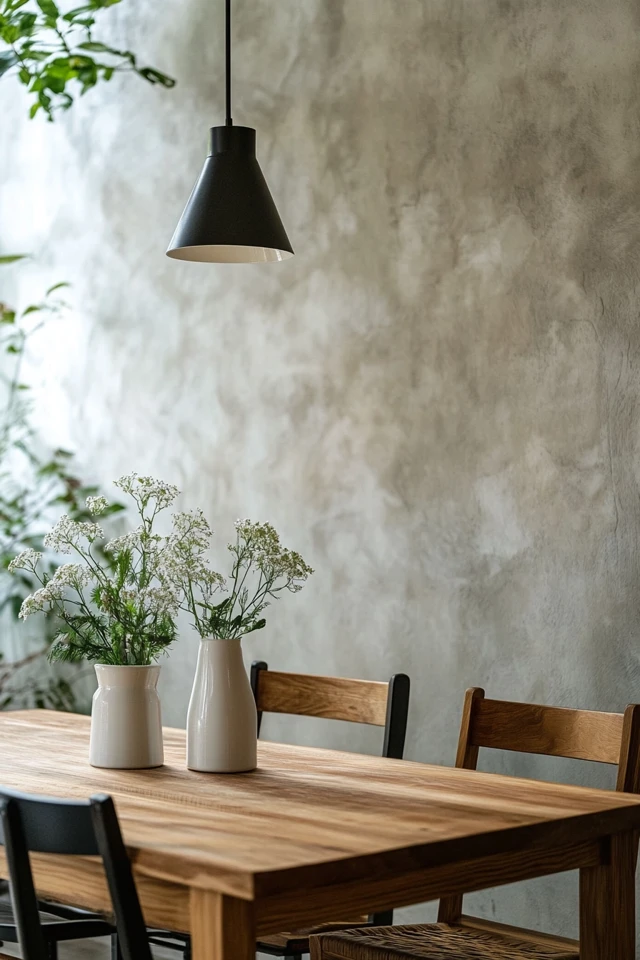
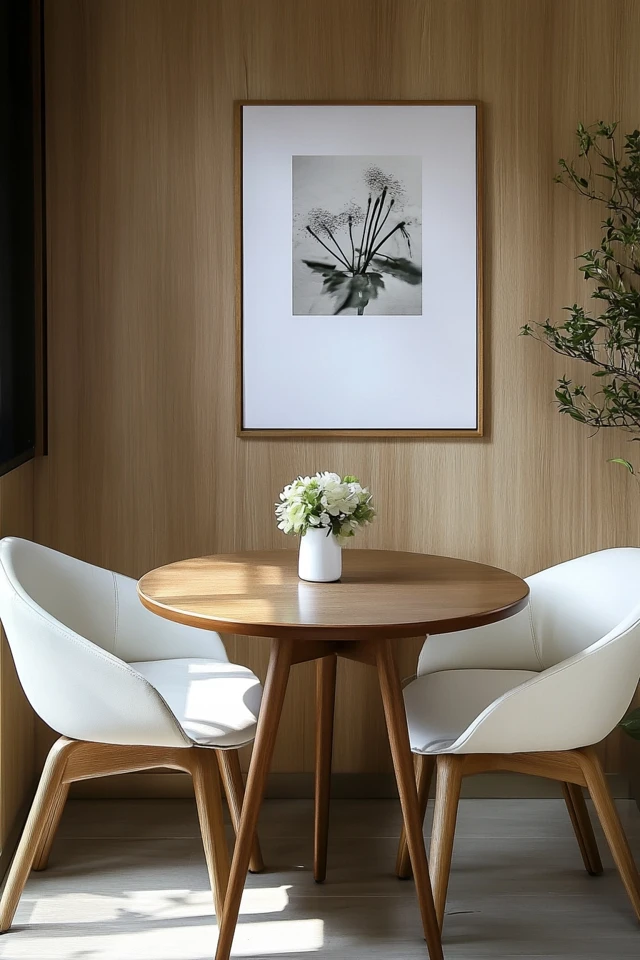
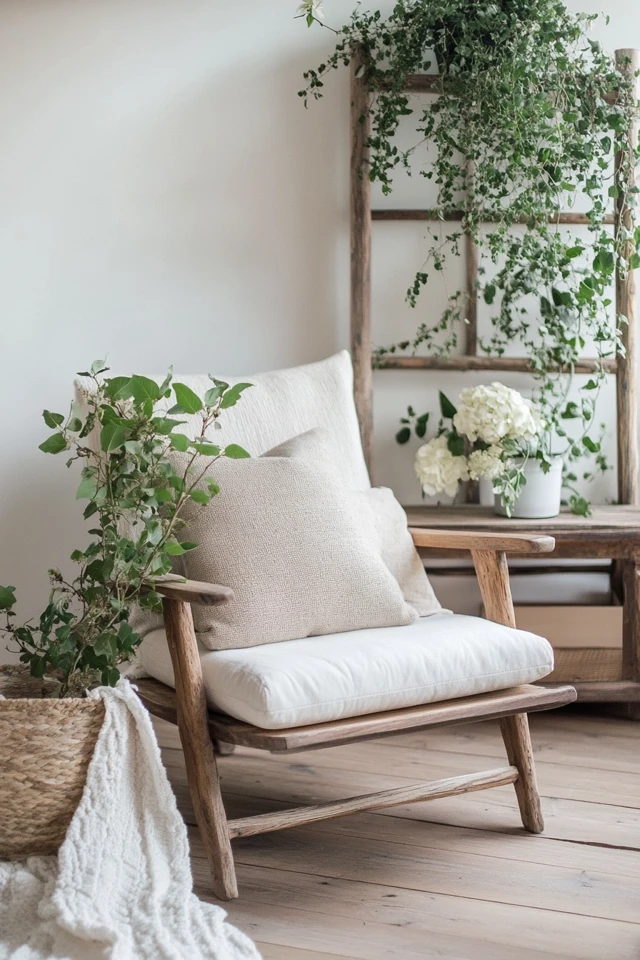
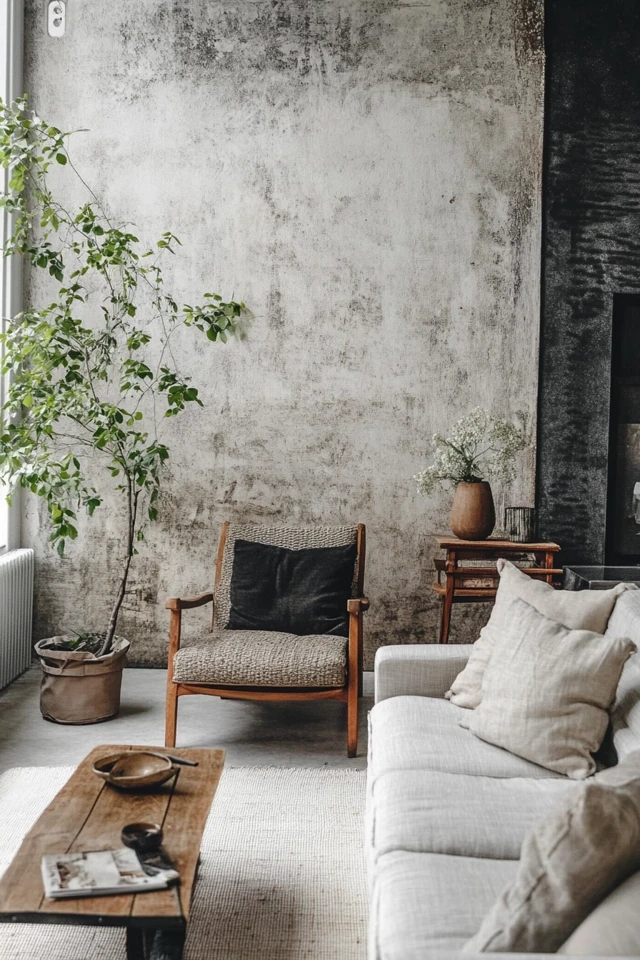

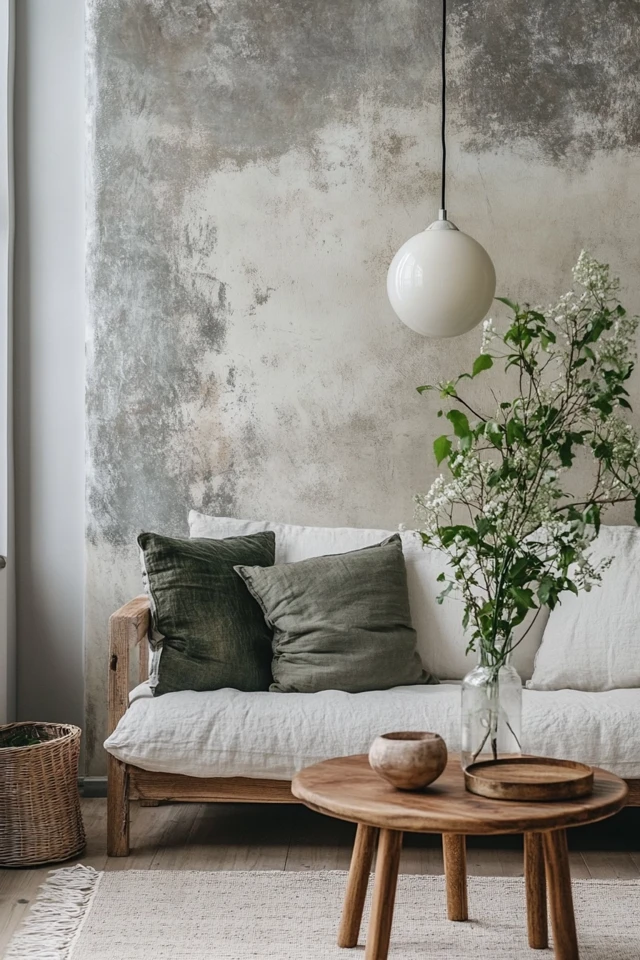
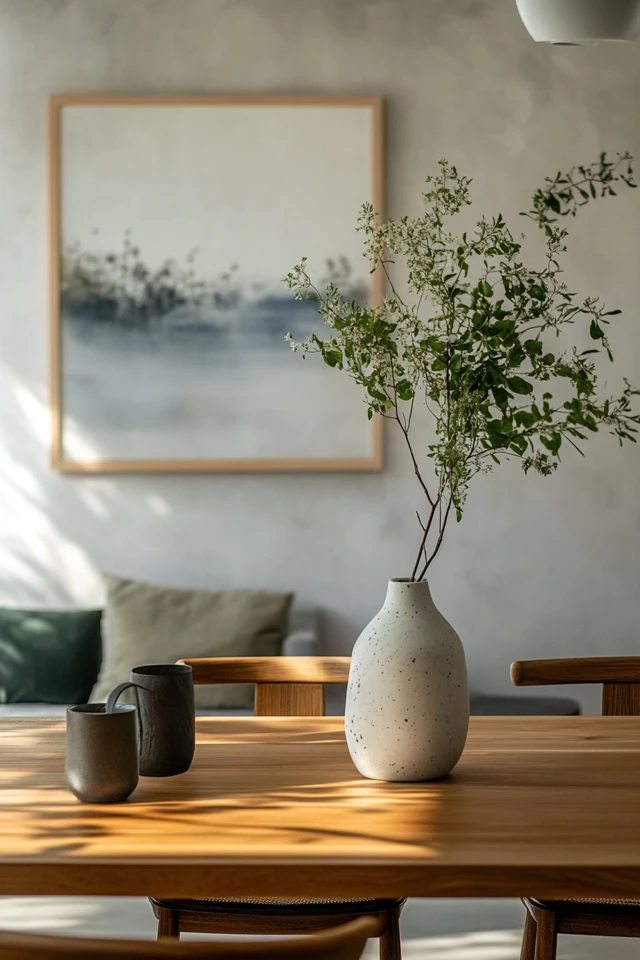
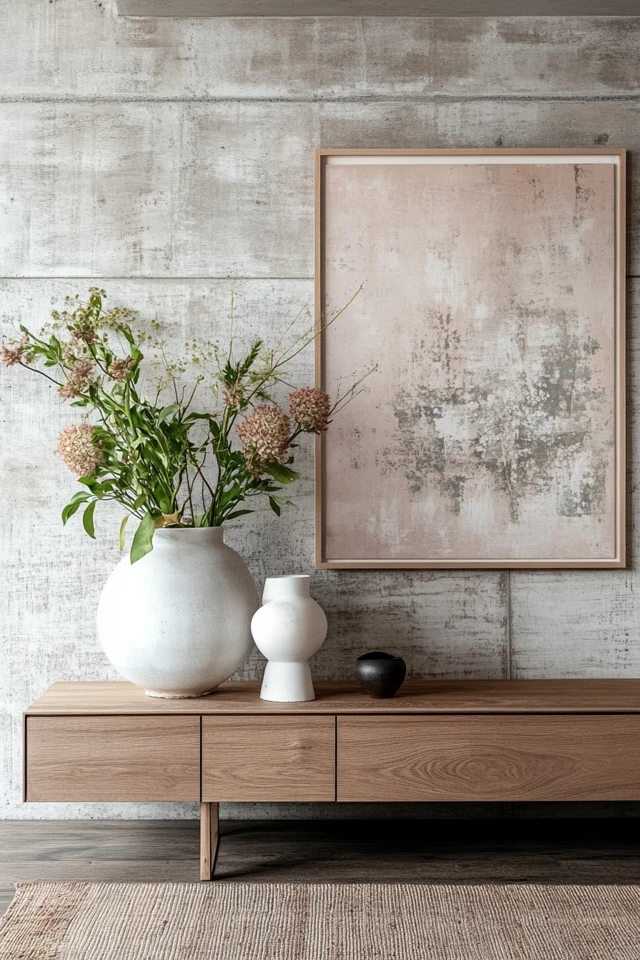
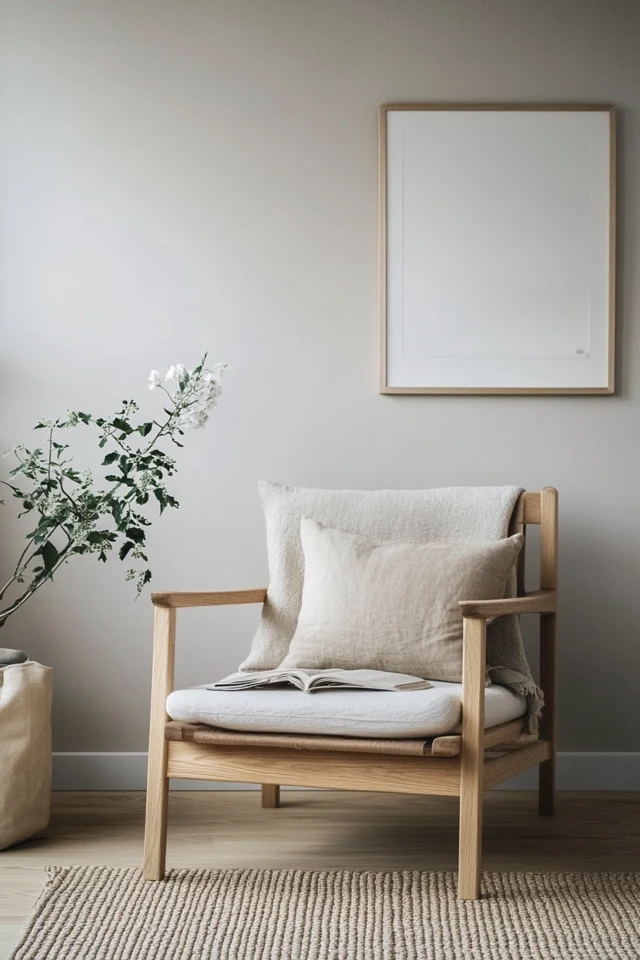
4. Emphasize Lighting
With long, dark winters in Nordic countries, lighting is essential in Scandinavian homes.
Lighting Ideas
- Use floor and table lamps with soft, diffused light to create a cozy ambiance.
- Hang pendant lights in natural materials like metal, glass, or rattan.
- Incorporate candles or LED candles for a warm, hygge-inspired glow.
Styling Tip:
Hang a cluster of pendant lights above your dining table for a functional and beautiful focal point.
5. Add Layers of Texture
Textures bring depth and coziness to Scandinavian interiors, making them feel warm and inviting.
How to Layer Textures
- Add wool or faux-fur throws to chairs and sofas.
- Layer rugs in natural materials like jute, sisal, or wool.
- Incorporate textured pillows with subtle patterns or knitted designs.
Example:
A minimalist bedroom with a linen duvet, wool throw, and a woven jute rug feels effortlessly cozy.
6. Keep Decor Minimal
Scandinavian design thrives on simplicity, so decor should be curated and intentional.
Decor Tips
- Display functional items like books, ceramics, or plants.
- Choose a few larger statement pieces rather than lots of small ones.
- Stick to neutral or monochromatic tones for art and decor.
Example:
A floating wooden shelf with a few ceramic vases and a framed black-and-white print creates a clean, elegant look.
7. Embrace Greenery
Plants bring life and vibrancy to Scandinavian spaces, complementing the natural materials and neutral palette.
Best Plants for Scandinavian Homes
- Snake plants and pothos for low-maintenance greenery.
- Fiddle-leaf figs or olive trees for height and drama.
- Simple bouquets of eucalyptus or dried flowers.
Styling Tip:
Place a single potted plant in a neutral ceramic pot on a windowsill or table for a pop of green.
8. Create Cozy Corners
Scandinavian design is all about comfort, so create small, cozy spaces for relaxation.
How to Style Cozy Corners
- Add a comfortable armchair with a soft throw blanket and a side table.
- Include a reading lamp or candle for ambiance.
- Use a small area rug to anchor the space.
Example:
A corner with a gray armchair, a wool throw, and a warm floor lamp becomes a perfect hygge retreat.
9. Focus on Sustainability
Scandinavian design values sustainability and eco-conscious living.
How to Incorporate Sustainability
- Invest in high-quality, timeless furniture that lasts.
- Choose sustainable materials like reclaimed wood or organic textiles.
- Upcycle or thrift decor pieces to reduce waste.
Example:
A vintage wooden coffee table paired with modern seating blends old and new while staying eco-friendly.
10. Stay Organized
Scandinavian homes are known for their tidy, clutter-free look.
Organization Tips
- Use storage baskets and bins in natural materials like wicker or fabric.
- Opt for furniture with built-in storage, such as beds or benches.
- Keep surfaces clear, displaying only a few essential or decorative items.
Example:
A hallway with a sleek storage bench and woven baskets keeps shoes and bags neatly out of sight.
Conclusion
Creating the perfect Scandinavian-inspired home is about balancing simplicity, functionality, and comfort. By focusing on neutral tones, natural materials, and cozy touches, you can design a space that feels calm, inviting, and effortlessly stylish.
For me, adopting Scandinavian design transformed my home into a sanctuary where I could truly relax and recharge. It’s not just a design style—it’s a way of living that values beauty, functionality, and harmony.
So, embrace the principles of Scandinavian design and let your home reflect the calm, cozy atmosphere you deserve.
FAQ
What is Scandinavian design known for?
Scandinavian design is known for its simplicity, functionality, and use of natural materials. It emphasizes clean lines, neutral colors, and cozy, inviting spaces.
What colors work best in Scandinavian homes?
Whites, grays, beiges, and muted earth tones create the light, airy look characteristic of Scandinavian interiors.
How do I make a Scandinavian home feel cozy?
Layer textures like wool and linen, use soft lighting, and add elements of hygge like candles or throw blankets.
What furniture is essential for Scandinavian design?
Functional furniture with clean, modern lines is key. Multi-purpose pieces like storage benches or extendable tables are ideal for maximizing space.
Can Scandinavian design work in small spaces?
Yes! Its emphasis on light colors, minimalism, and functionality makes it perfect for small spaces, creating the illusion of openness and brightness.

